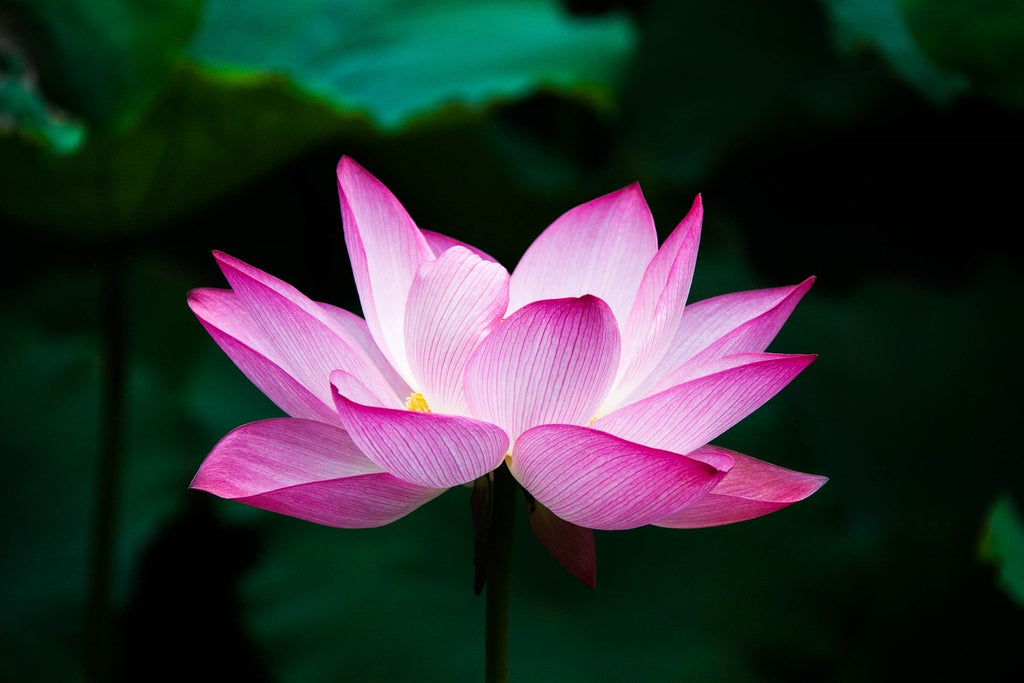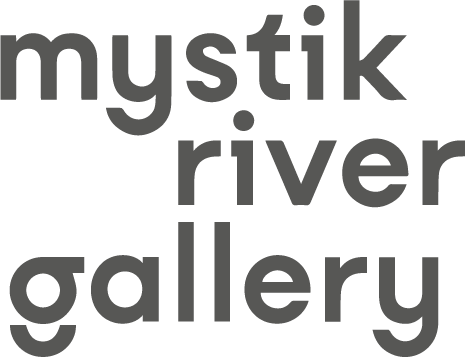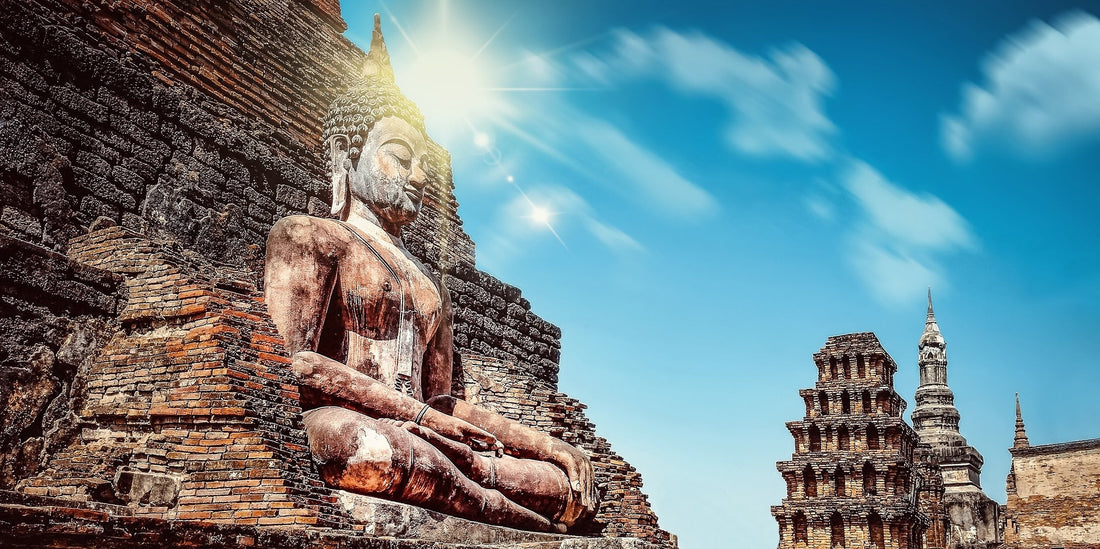Is Tattoo a Sin in Buddhism?
Tattoos have long been a form of self-expression across different cultures, but when it comes to Buddhism, the question of whether tattoos are acceptable often arises. While Buddhism does not specifically prohibit tattoos, the acceptability of tattoos in the Buddhist faith is influenced by various factors, such as intention, placement, and cultural sensitivity.
In this blog, we will explore the relationship between Buddhism and tattoos, breaking down Buddhist teachings, cultural perspectives, and the significance of tattoos within Buddhist communities.
Exploring the Role of Tattoos in Buddhism: Are They a Sin?
Is Tattooing Forbidden in Buddhist Teachings?
When it comes to Buddhism, there is no clear doctrinal prohibition against tattoos. The core of Buddhist philosophy revolves around the intention behind any action, rather than dictating strict rules about external expressions like tattoos. Buddhist teachings do not specifically forbid the act of getting a tattoo, but they emphasise that attachment to anything—whether physical or emotional—should be avoided.
- Tattoos themselves are not forbidden in Buddhist teachings.
- Intention is what matters—tattoos should not be a means of vanity or attachment.
- The focus is on mindfulness and nonattachment in Buddhism.
In my travels across Southeast Asia, particularly in Thailand, I met many people with Buddha tattoos, symbolising their spiritual connection to the teachings. These tattoos weren’t viewed as sinful but were seen as expressions of devotion, provided the individual had the right intentions.
Tattoos as a Symbol of Devotion and Faith
In Buddhism, tattoos can serve as a symbol of devotion and a reminder of one's spiritual path. For instance, many Buddhists choose tattoos of Buddha or sacred Buddhist symbols to keep the teachings close to their hearts.
- Buddha tattoos: Represent wisdom and enlightenment.
- Lotus flower tattoos: Symbolise the purity of the mind and the overcoming of suffering.
- Sak Yant tattoos: Often seen in Southeast Asia, symbolising protection and strength.
One of my most memorable experiences was visiting Wat Bang Phra in Thailand, where I witnessed the application of Sak Yant tattoos. These tattoos are often believed to bring protection and good fortune, and they are not merely seen as ornamental but as deeply tied to the practice of Buddhist meditation and spirituality.

Tattoos in the Buddhist Tradition: Cultural Sensitivity and Respect
Are Tattoos Sacred or Disrespectful in Buddhist Culture?
While tattoos may not violate Buddhist doctrines, cultural context plays an important role in how tattoos are viewed in Buddhist-majority countries. In places like Sri Lanka and Myanmar, tattoos, especially those featuring Buddha, can be seen as disrespectful, particularly when placed on the lower body. This is because the Buddha is revered deeply, and the lower body is considered the least sacred in Southeast Asian cultures.
- Buddha tattoos are seen as disrespectful in certain Buddhist countries.
- Cultural context matters: In countries like Thailand, Buddha tattoos are more accepted.
- Placement of tattoos: Sacred images should be placed above the waist to maintain respect.
I vividly recall a conversation I had with a local monk in Sri Lanka, who told me that Buddha tattoos on the legs were frowned upon. The monk explained that the upper body (such as arms or chest) is considered a more honourable place for sacred images, reflecting the respect given to the Buddha in that context.
When Do Tattoos Violate Buddhist Principles?
Buddhism emphasises the intention behind actions. If a tattoo is done with the intention of ego or attachment, it may violate Buddhist principles. Tattoos that are meant to show off or gain attention contradict the values of humility and nonattachment.
- Tattoos should not be motivated by ego or pride.
- Self-promotion through tattoos contradicts the Buddhist path to nonattachment.
- Intentions are key—tattoos should align with mindfulness.
A young traveller I met in Chiang Mai once said he got his Buddha tattoo to show his respect for Buddhism, but when I asked him why, he admitted it was largely to impress others. This sort of ego-driven motivation is something that Buddhist principles would encourage us to reflect upon.
Cultural Appropriation: A Global Discussion
As Buddhist tattoos have become more popular in the West, there has been an ongoing discussion about cultural appropriation. Non-Buddhists who wear Buddha tattoos without understanding the deeper cultural significance have been met with criticism. In places like Thailand, the Buddha’s image is sacred, and wearing it as a tattoo can be seen as diminishing its true meaning.
- Cultural appropriation concerns regarding Buddha tattoos in the West.
- In countries like Thailand and Myanmar, Buddha tattoos can be seen as disrespectful.
- It’s important to understand the cultural context and significance of Buddhist symbols.
I once visited a temple in Thailand where the monk shared concerns about tourists wearing Buddha tattoos without fully appreciating their cultural and spiritual significance. This issue has sparked debate, and it’s essential to approach these symbols with respect and understanding.

Types of Buddhist Tattoos and Their Spiritual Significance
Sacred Buddha Tattoos and Their Symbolism
Buddhism is full of symbolism, and tattoos can serve as a visual reminder of one’s spiritual journey. Buddha tattoos, in particular, hold deep meanings. These tattoos often represent the Buddha’s teachings of mindfulness, wisdom, and compassion.
- Buddha tattoos are often seen as symbols of enlightenment, peace, and wisdom.
- Meditating Buddha tattoos represent contemplation and the search for wisdom.
- Laughing Buddha tattoos symbolise happiness, joy, and hope.
I had a conversation with a local artist in Cambodia who described his experience in tattooing a meditating Buddha on a devotee’s back. The tattoo was intended to serve as a constant reminder of peace and mindfulness, something that resonates deeply within the Buddhist community.
The Meaning Behind Other Buddhist Symbols in Tattoos
In addition to Buddha tattoos, there are other symbols in Buddhism that carry profound spiritual meanings. For example, Sak Yant tattoos are incredibly significant, particularly in Thailand and Cambodia.
- Sak Yant tattoos are mystical and believed to offer protection and good fortune.
- Lotus flower tattoos symbolise purity, spiritual growth, and overcoming suffering.
- Unalome tattoos represent the path to enlightenment.
One of the most fascinating experiences I had was getting a Sak Yant tattoo at Wat Bang Phra. This ancient tradition, where a monk applies sacred ink to a devotee's skin, is spiritual and goes far beyond just an aesthetic choice. The tattoo is believed to bring about protection and strength, and I could see the profound impact it had on the practitioners who received them.

